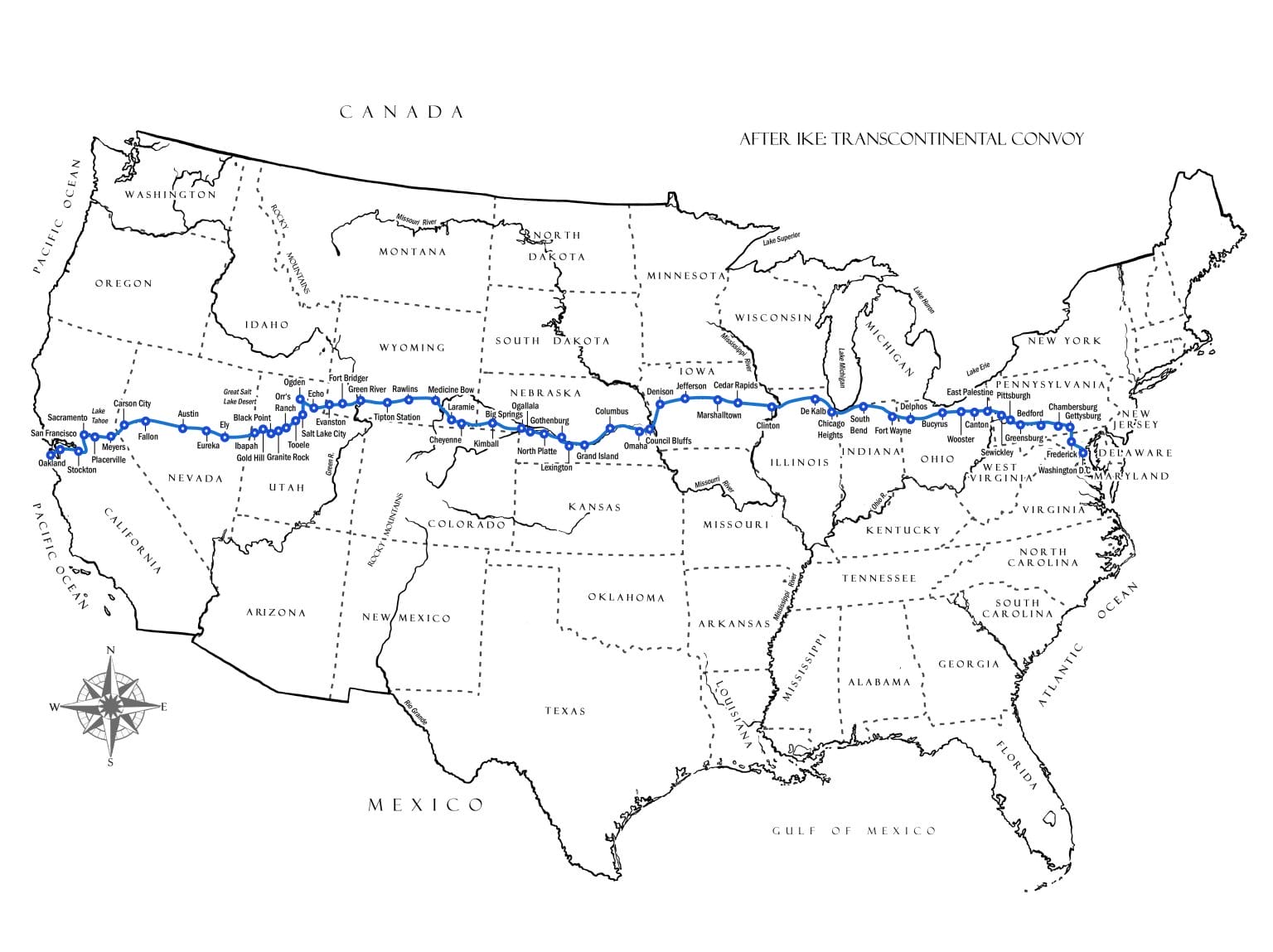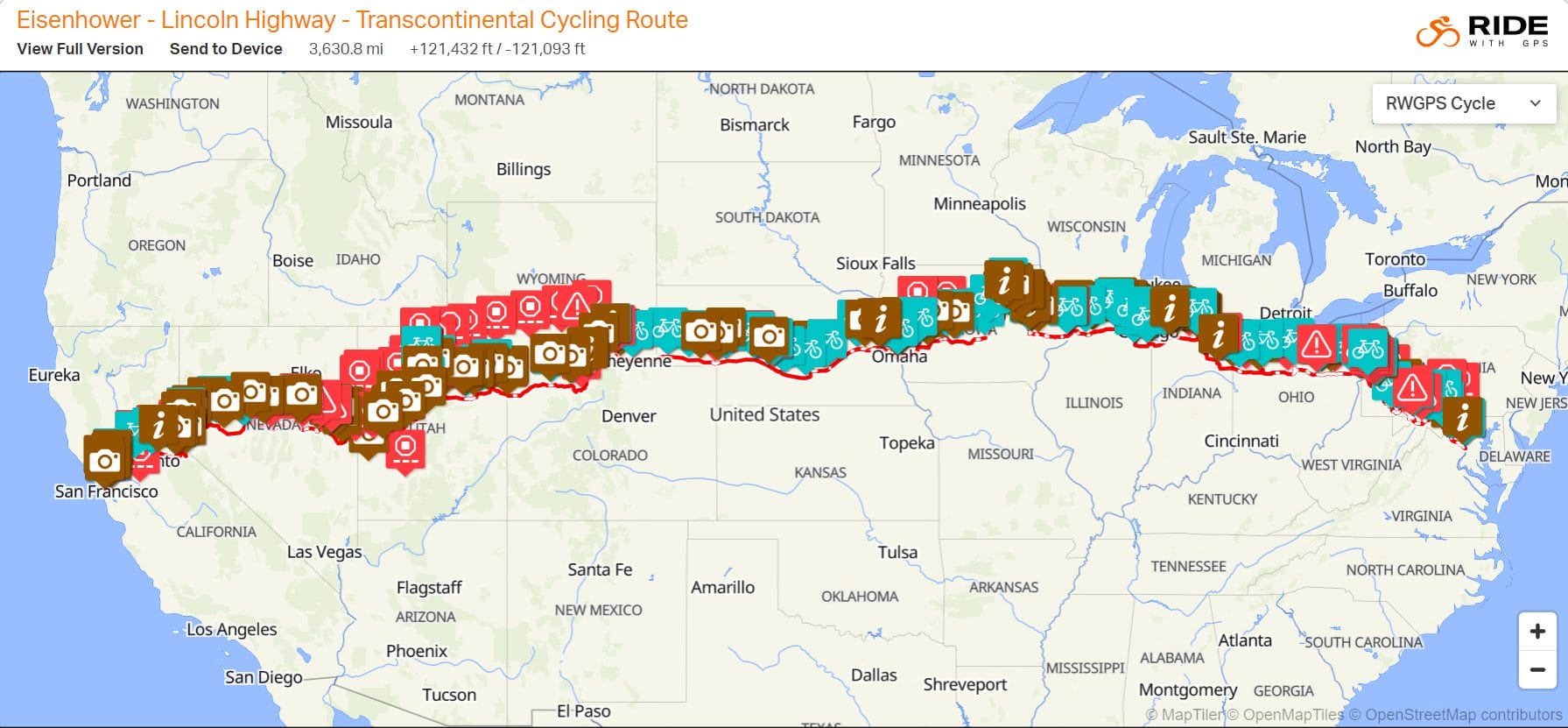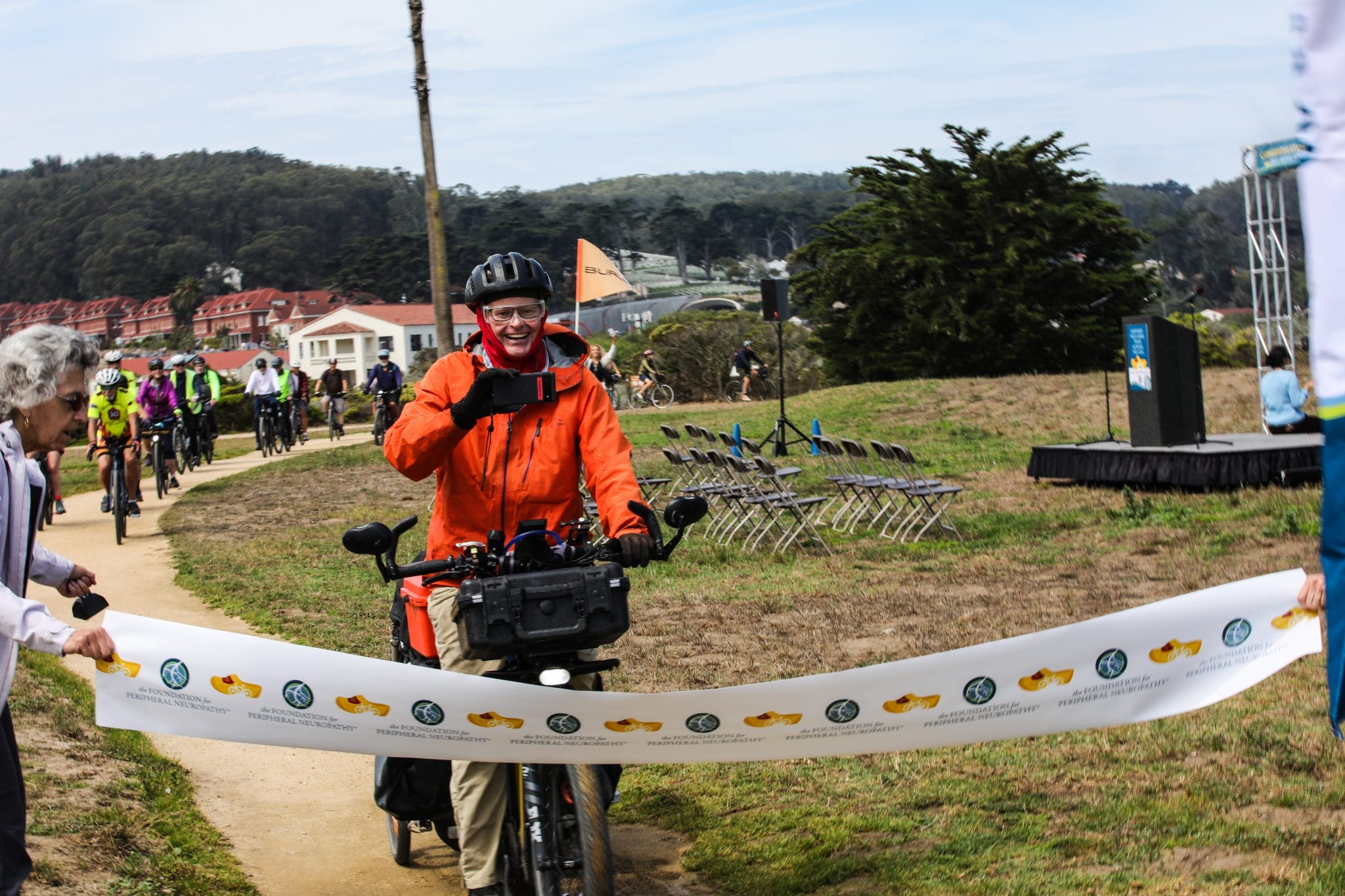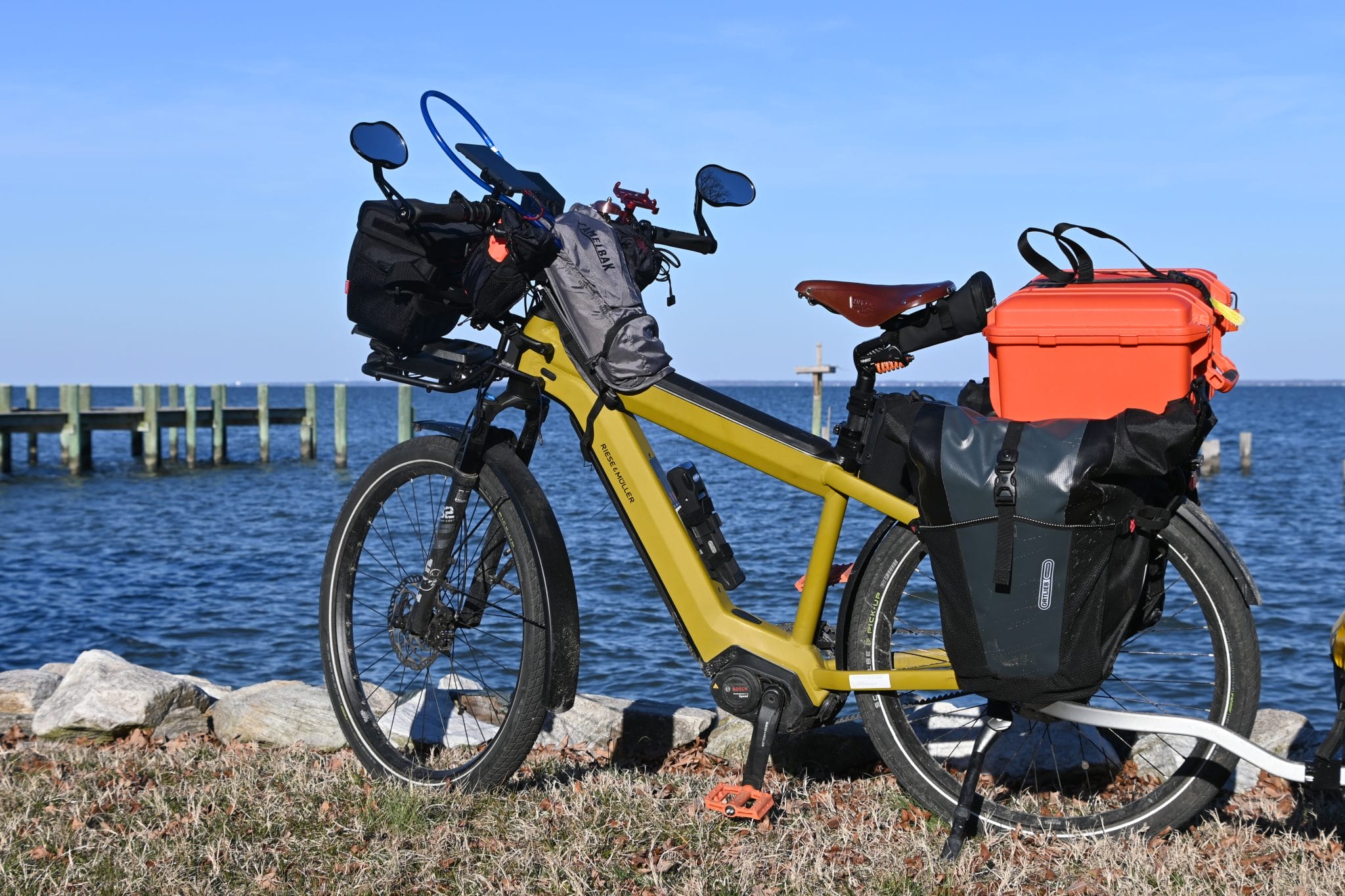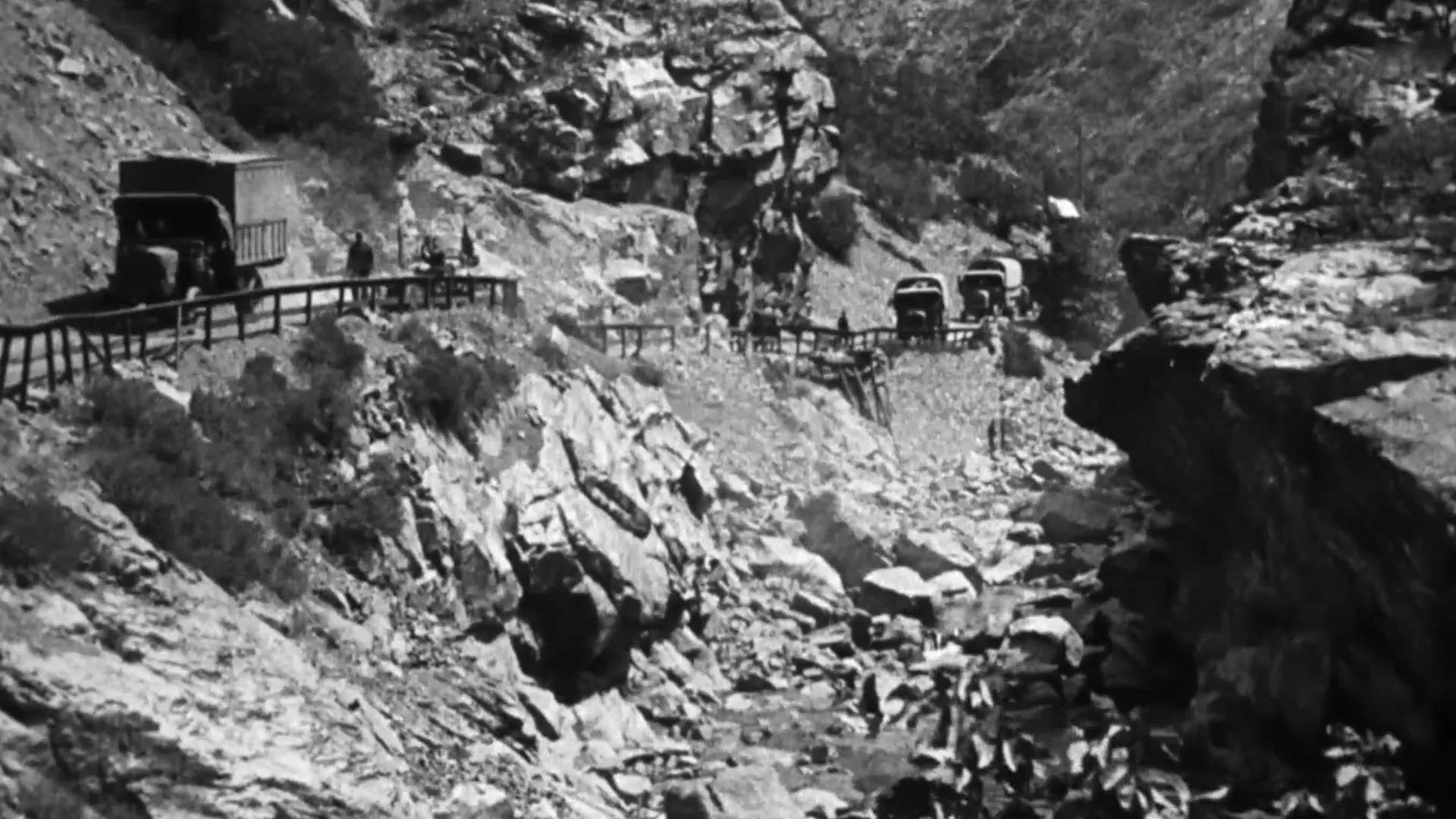Lincoln Highway documentary to premiere in Elkhart
Subscriber Benefit
As a subscriber you can listen to articles at work, in the car, or while you work out. Subscribe Now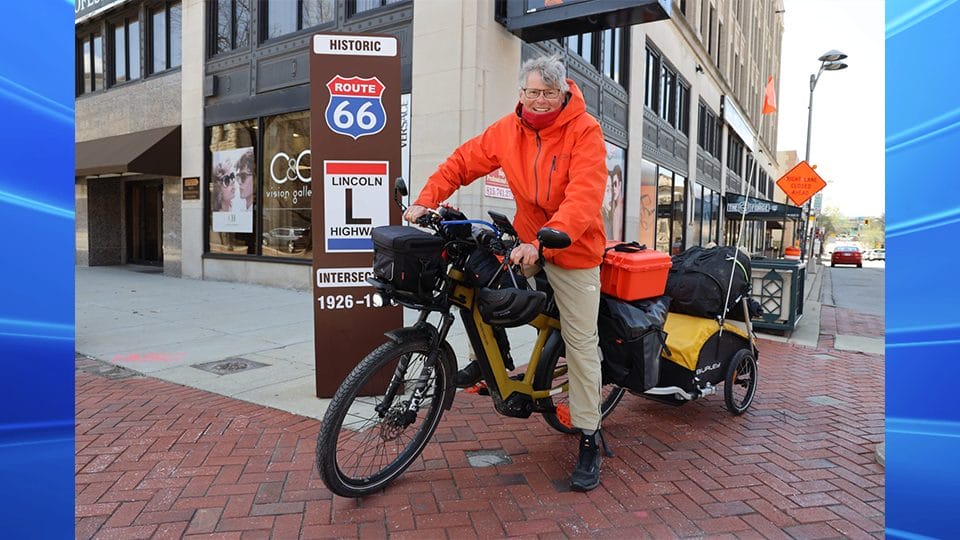
After Ike, a documentary based off of Michael Owen’s book detailing the post-World War I military expedition to test the worthiness of U.S. roads, will premiere at this year’s Lincoln Highway Association Conference in Elkhart, which runs June 23-28.
The Lincoln Highway Association actively pursues the preservation of the history behind the interstate championed by Carl Fisher, founder of the Indianapolis Motor Speedway. The Lincoln Highway runs from New York City through San Francisco.
“We serve as a preservation, history and tourism organization,” Jeff Blair, Indiana Lincoln Highway Association president, said. “Hotel Elkhart is on the original Lincoln Highway route and so we raised our hand two or three years ago to host the meeting.”
The week-long meeting of tours and speakers will include an Amish meal and an Indiana breaded tenderloin experience. One of the tours will go from Elkhart to South Bend down to Plymouth over to Warsaw and back to Elkhart, through the Lincoln Highway and other old roads like the Michigan Road.
“The first speaker is going to speak on indigenous peoples in northern Indiana, the early settlers, the trails they created, much of which became the roads,” Blair said. “The second speaker is going to talk about early camp outs at camping sites along the Lincoln Highway in the 1920s and 30s before the RV industry came along and captured that market.”
Jeff Blair outlines some of the activities that will be part of the Lincoln Highway Association Conference.
After Ike
The premiere of After Ike will take place during the conference’s third session on June 26 followed by discussions with producer and director Gregory Maassen, along with Owen.
Maassen said he looks forward to receiving feedback from Lincoln Highway enthusiasts at this year’s conference before officially releasing the movie early next year.
“We are at the beginning of the film festival circuit in Elkhart, and I will be in Austria next month for our first international screening,” Maassen said. “The idea is to promote the film for public viewing on PBS in 2025 as the story of Ike Eisenhower, the convoy and its profound impact on the United States.”
Following his diagnosis with peripheral neuropathy, Gregory Maassen wanted to do something about the little-known disease that includes a series of disorders that result from damage to the body’s peripheral nervous system.
To restore his strength and sanity, Maassen turned to e-biking after his doctor explained exercise was vital for people diagnosed with the disease. Seeing how much e-biking helped with his own condition, Maassen set out in 2021 to raise awareness about the disease and began researching bike routes to cycle across the United States for his fundraiser.
“While researching routes, I came across Ambassador Owen’s book called After Ike, about the military convoy that followed the Lincoln Highway in 1919,” Maassen said. “It is a great travel book and gave me the inspiration to follow the Lincoln Highway by bicycle in the footsteps of Eisenhower.”
On his biking adventure, Maassen was able to achieve another purpose, interviewing historians along the Lincoln Highway, capturing drone footage and experiencing a piece of American history for himself. After Ike was partly filmed in the style of filmmaker Ken Burns.
Maassen worked closely with former U.S. Ambassador Owen to film several portions of the documentary across the country.
“By cycling, I also had unique access to areas to fly the drone as I basically could stop anywhere along the way, something you cannot do by car,” Maassen added. “It was a lot of work to tow the cinema equipment with the e-bike, but I managed it in the end without delay and accidents.”
Maassen’s e-bike tour spanned four months and covered over 4,500 miles. The campaign raised almost $180,000 for the Foundation for Peripheral Neuropathy and also helped establish a new transcontinental biking route.
History of the convoy
Born in Arnhem, Netherlands, Maassen’s fascination with Eisenhower goes back to World War II when the former president oversaw the liberation of the Netherlands.
“I grew up in a society that was very pro-American. The soldiers liberated the Dutch and my father was old enough to witness the war,” Maassen said. “His gratitude for the allied forces liberating Europe influenced my thinking. Eisenhower was the supreme commander of the allied forces in Europe.”
The 1919 Army Transcontinental Motor Convoy that traveled from the White House to San Francisco included 295 military personnel and 81 vehicles. Notable amongst them, 28-year-old Lieutenant Colonel Dwight Eisenhower, one of 37 officers assigned as observers of the convoy.
Eisenhower’s personal knowledge of the state of roads across the nation and the expanse of German autobahns during his time as Supreme Commander of the Allied Forces in Europe spurred him to propose a nation-wide interstate highway. Multiple versions later, Eisenhower signed the Federal Aid Highway Act of 1956 into law.
Following the switch from named highways to a numbered system, the Lincoln Highway was broken up into U.S. 1, U.S. 30 (including U.S. 30N and U.S. 30S), U.S. 530, U.S. 40, and U.S. 50.
This is the fourth time the Lincoln Highway Association Conference is coming to Indiana, but the first time in Elkhart, along the original military route. Last year, it was at Folsom, California and the year before it was in Juliet, Illinois. Past conferences have been held in Iowa, Ohio and Michigan.
“As an organization, we like the Midwest better. We did one in New Jersey a few years ago, but it wasn’t very well attended,” Blair said. “If you get too far away, people don’t want to fly across the country to go to it, they mostly want to be able to drive to them.”

